Recently, a singular paradigm has increasingly been used to describe the rise and fall of various teams in professional Counter-Strike. If a new five-man lineup finds success beyond expectations, it’s often said that they are in their “honeymoon” period. The idea is that a roster change breathes new life into a team renewing motivation and improvement as new synergies are found and explored. Then, when a team’s results dip or they fail to improve beyond their past peaks, “internal friction” is frequently cited as the source of the slowdown. That team will eventually fall apart, and the new resulting team won’t work out or will have a renewed “honeymoon phase,” which continues the cycle.
While looking at personnel changes is by far and away the best predictor of a team’s future rise or demise, the level of focus assigned to teammates’ evolving feelings towards one another has perhaps become overemphasized when the other indicators and conditions can likewise have significant explanatory power.
An increasingly important factor to consider when constructing cohesive narratives about a team’s performance over time has been changes enacted by the Valve Corporation themselves. Over the past 14 months, Valve has made four key changes that have had or will have a significant impact on the competitive landscape. On Dec. 8, 2015, Valve unrolled the infamous patch which featured the introduction of the revolver and a host of other changes that were soon reverted with one key exception. Valve’s decision to extend the duration of rounds to one minute and 55 seconds, and the bomb timer to 40 seconds stuck and remains in place to this day. On April 21, 2016, Inferno was removed from the active competitive map pool with a new—and heavily criticized version— of Nuke coming in to replace it. On Aug. 17, 2016, a leaked Valve email announced the implementation of new rules concerning coaches, which when fully revealed and implemented, strictly limited a coach’s ability to communicate with players during a match. And, just this week, Dust2 was removed from the active map pool in favor of the reworked Inferno.
Focusing on these changes rather than roster moves and the cycles of performances typically assigned to those moves, how else can the past 14 months of competitive play be alternatively analysed and explained?
Extended Timers Look to End the Fnatic Era
In the wake of the third major of 2015, DreamHack Open Cluj-Napoca, the long-running Fnatic era was in obvious jeopardy. Despite winning the previous two majors, Fnatic placed just top-eight, and after the disappointing showing, Markus “pronax” Wallsten, Fnatic’s long-running in-game leader, decided to leave the team. However, with Dennis “dennis” Edman coming in as a replacement, the even more firepower-stacked Fnatic had an immaculate resurgence as they went on to win all six premier-level tournaments they attended from November 2015 until March 2016. However, just as Fnatic was starting to renew their dominance, the Dec. 8 patch inadvertently led to the rise of two key contenders in early 2016: Natus Vincere and Luminosity Gaming.
Of the two teams, Na’Vi was far more established team in the upper echelons of the professional scene. Thanks to tournament wins, such as ESWC 2015 and StarLadder StarSeries XIII, Na’Vi was increasingly considered a possible foil to Fnatic, alongside Team SoloMid and Virtus.pro in the summer of that year. Though they made a very impressive run to make the finals of Cluj-Napoca, Na’Vi had their worst result of that period soon thereafter at CEVO Season 8 Professional Finals, where they went out in the groups, 0-2. With the new Team EnVyUs roster coming in as a possible contender, and Fnatic refreshing their dominance with the Dennis addition, Na’Vi started to look further removed from the very top rung of the scene.
Luminosity, on the other hand, had a much humbler 2015. Starting off the year as Kabum.TD before quickly switching over to the Keyd Stars organization, the Brazilian team earned a reputation for finding best-of-one upsets, but rarely going far in high-level tournaments. Prior to the extension to the round and bomb timers, the Kabum.TD/Keyd Stars/Luminocity core’s best results were a smattering of top-eight finishes at premier-level tournaments, such as the final two majors of the year.
Over time, many have overlooked the apparent correlation between the timer changes and the precipitous rise of these two teams at the very end of 2015 and the opening months of 2016. While Na’Vi was very much anchored by Ladislav “GuardiaN” Kovács, who looked like the best AWPer in the world and perhaps even the best player in the world at the time, alongside a strong secondary star in Egor “flamie” Vasilyev, Na’Vi’s T-sides clearly synergized with the round-timer extension. At that time, Na’Vi’s offensive style was extremely recognizable. After slowly and methodically taking map control on the T-side, Na’Vi would execute onto sites very late into rounds versus a CT side that had likely already spent a good portion of their utility to previously delay Na’Vi’s advances. Increasing the round timer from 1:45 to 1:55 allowed Na’Vi more time to slowly suffocate opposing CT-sides, waiting out even more of their utility and taking sites even later in rounds.
While Luminosity obviously made a key roster change around this time— switching out Ricardo “boltz” Prass and Lucas “steel” Lopes for Epitácio “TACO” de Melo and Lincoln “fnx” Lau, while also adding coach Wilton “zews” Prado in place of Renato “nak” Nakano— they were another team whose style of play benefited from longer round timers. Luminosity, and later SK’s, style of play on both sides of the map has been frequently described as a highly defined “system” designed and controlled by Gabriel “FalleN” Toledo. While other highly praised in-game leaders in the past have been lauded for the ability to read their opponent or implement complex executes, Fallen’s leadership seems to revolve around his ability to coordinate or teach his players to make highly effective and well-organized moves in chaotic mid-round scenarios, whether that be a round-winning flank by Marcelo “coldzera” David, a devastating push by Fernando “fer” Alvarenga, or a high-impact peak by FalleN himself. With even more time to play within rounds and retakes, Luminosity’s newly upgraded roster had a greater ability to take advantage of this superior mid-round play.
The New World Leaders and The New Nuke
After their disappointing CEVO appearance, Na’Vi won Intel Extreme Masters Season X San Jose right before the timer changes and continued to post impressive results following the change on a more consistent basis. They placed second at the ESL ESEA Pro League Season 2 Finals, won DreamHack Leipzig 2016, finished top-four at Intel Extreme Masters Season X World Championship, and won the Counter Pit League Season 2 Finals before placing second at the first major of the year at the end of March. Other than Fnatic amidst their Dennis-Renaissance, no team looked better than Na’Vi.
But snapping at their heels was the new Luminosity team with Fnx and TACO. Following the Valve timer rule change in December, Luminosity did not lose a single best-of-three series to any team other than Na’Vi or Fnatic offline until their upset loss against TyLoo at DreamHack Masters Malmö in April. Right after the Valve timer change was enacted, Luminosity didn’t advance beyond their group at ESL ESEA Pro League Season 2: Finals thanks to two losses against Na’Vi in the group stage, but their results were consistently strong thereafter. They placed top-four at the StarLadder i-League StarSeries XIV Finals with a loss to Fnatic in the semifinals, they found a second place finish at DreamHack Leipzig 2016 but lost to Na’Vi in the finals, and they placed second again at the Intel Extreme Masters X World Championship when they finally defeated Na’Vi in the semifinals, but lost to Fnatic in the finals.
However, it wasn’t until the major itself that Luminosity presented itself as a possible world leading team, but that victory was somewhat marred by the injuries of Olof “olofmeister” Kajbjer Gustafsson and Guardian, which obviously limited the playing strength of both Fnatic and Na’Vi. Still, injuries aside, the two teams that would theoretically be the most benefited by the round and bomb timer extensions were still able to meet in the finals of the first million dollar Valve major, with each vanquishing worthy challengers, such as Virtus.pro, Ninjas in Pyjamas, Astralis, and the S1mple-infused Liquid.
Still, immediately following this Luminosity victory, one might assume that Fnatic and Na’Vi would invariably climb back to the top of the global rankings once their stars recovered, as the buffed, but still unproven, Brazilian upstarts only temporarily held the world leading position. This, of course, never happened. The most common explanation for both teams’ failure to ever reascend to very top of the scene has been to highlight the lessened output of both team’s stars in the aftermath of their respective injuries, which is certainly true, but perhaps not enough consideration has been given to how both teams and the remainder of the scene was affected by the removal of Inferno and the addition of Nuke in late April.
The removal of Inferno obviously was very detrimental to Fnatic, who was dominant on Inferno during their six-tournament win streak, winning 12 of 15 matchups on that map over this period of time. Fnatic frequently chose Inferno as their first pick in best-of-threes, but in a complete reversal, Inferno’s replacement, Nuke, actually turned out to Fnatic’s permaban, which obviously handicapped their map pool and limited their options in the pick/ban phase.
Na’Vi was much less affected as they did not prefer Inferno and frequently choose to ban it with their second ban if possible. Over the post-Dec.8 run, from the ESL ESEA Pro League Season 2 Finals to DreamHack Masters Malmö, Na’Vi played Inferno eight times, winning five. However, while Inferno was seen as a weakness of Na’Vi, with non-Inferno teams such as Luminosity picking it against them in early 2016, by late March and April, Inferno turned into a surprise strength for the team. Inferno was picked by Na’Vi’s opponents in the quarterfinals and semifinals of both MLG Columbus and Malmö, but Na’Vi won all four contests leading to four 2-0 wins in key series, despite being weakened by Guardian’s injury.
After the return of their respective stars and the Inferno-for-Nuke swap, the results of Na’Vi and Fnatic were quite strong, but still noticeably weaker than their pre-Columbus heyday. Na’Vi placed just top-eight at the next major, ESL One Cologne 2016, and top-four at ELEAGUE Season 2. Meanwhile, Fnatic placed just top-four at the ECS Season 1 Finals, top-four at the major, and second at ELEAGUE Season 1.
The Valve Coaching Rule Confuses Post-Player Break Play
Virtus.pro’s victory over Fnatic at ELEAGUE Season 1 was seen as shock and an upset. The Polish team famously had terrible online results at the beginning of the year and a somewhat lacking tournament record as they often faced difficult opponents early in tournaments. However, this ELEAGUE victory marked Virtus.pro’s rapid shift from a perennial contender to the de facto leader of the scene. But how did Virtus.pro suddenly come out on top?
Following Luminosity-now-SK’s second straight major win, they took an extended LAN break as Fer temporarily left the team to attend to a medical issue. Fnatic, despite clearly still being an elite team, decided to break up with half the team staying and the other half moving over to Pronax’s GODSENT squad. And Na’Vi, likewise, decided to shuffle their lineup for the first time in over a year.
The team’s former in-game leader, Zeus, was let go, as he had long given over the tactical reigns to coach Sergey “starix” Ishchuk and failed to perform as an individual player over the previous few months. Replacing him was none other than Oleksandr “s1mple” Kostyliev, the often troublesome, but supremely talented young star who had carried Team Liquid to unexpectedly strong finishes at both of 2016’s Valve majors. The massive increase in firepower gave Na’Vi every appearance of being the most talented roster in the world on paper, while still retaining their tactical identity via Starix.
But just a week and a half later, Valve’s coaching rule changes were leaked, which ultimately blocked coaches from communicating with their players during the match, save halftime and four 30 second timeouts. Unfortunately, the coaching rule change came very late in the shuffle season, which had constructed their lineup with the old coaching rules in mind. Potential contenders, such as NiP, Team Liquid, Cloud9 and FaZe, all were either set to compete with a coach in mind or made a lineup that didn’t include an experienced in-game leader.
Accordingly, as teams returned to competitive play in September, tournament to tournament results lacked much of the consistency apparent in the earlier part of the year. At the first high-level tournament after the player break, StarLadder i-League StarSeries Season 2, the two tournament favorites, Na’Vi and Virtus.pro, exited the group stage early thanks in part to upsets involving a pair of Chinese teams in TyLoo and VG.CyberZen. The tournament winner would actually be NiP, who entered the tournament with a stand-in, Mikail “maikelele” Bill.
Following the early setback, both VP and Na’Vi tried to reassert themselves at the top. Virtus.pro won DreamHack Burachest and placed second at the next two other upper-level tournaments, ESL One New York and EPICENTER. Likewise, Na’Vi, with a far less structured style of play, but consistent superstar-level performances from S1mple also had strong performances, winning ESL One New York and placing top-four at EPICENTER. Surprisingly, though, SK did not recoup their past position as the world’s leading team when they came back into competitive LAN play at these two tournaments, losing to Virtus.pro both times in the semifinals.
SK’s slip from global grace doesn’t seem related to the coaching rule, but seems partially to be the result of a former Valve change finally catching up to them. Virtus.pro was able to beat SK on Nuke in both series to barely inch ahead of the Brazilians and retain their temporary hold at the top of the scene. While Virtus.pro’s initial attraction to Nuke seemed to have cost them their semifinals bout versus SK at ESL One Cologne, advancements found on the map following the player break gave VP a clear edge and SK a glaring weakness. While perhaps delayed, the addition of Nuke, and not just the subtraction of Inferno, started to have a profound effect on the global stage. The new best team in the world, Virtus.pro, was the clear best team in the world on Nuke, while the slumping SK struggled on the new addition, eventually making it their permaban.
New Challengers Emerge
Following EPICENTER, Virtus.pro did not qualify for the ESL Pro League Season 4 Finals and choose not to attend IEM Oakland to prepare for the ELEAGUE Season 2 playoffs. And, just like SK, their eventual return was quite underwhelming as they placed just top-eight at ELEAGUE. Na’Vi attended but performed less-than-spectacularly at both the EPL Finals and IEM Oakland, going out in the groups twice in a row thanks in no small part to their increasingly dysfunctional T-sides. With these two key contenders slipping, SK was set up perfectly to retake the scene, but again they failed to reclaim their throne.
SK lost in the finals of two straight tournaments to two teams with clear tournament to tournament inconsistency: Cloud9 and NiP. Cloud9 won the Pro League Finals and had a number of solid results previously, but didn’t make the ELEAGUE playoffs and followed up their tournament win with a series of sour showings. NiP won their first tournament with Jacob “pyth” Mourujärvi back in the lineup at IEM Oakland, but lost to Astralis in the ELEAGUE quarterfinals soon thereafter and, like Cloud9, failed to even qualify for the ELEAGUE Major.
However, as SK tried tournament after tournament to squeeze out just one more championship, three new challengers entered into the fray: Astralis, OpTic and FaZe. With Finn “karrigan” Andersen going over to FaZe and Lukas “gla1ve” Rossander joining Astralis, both teams looked significantly improved, while OpTic eventually came into their own as Peter “stanislaw” Jarguz slowly refined his team’s T-side tactics. To finish off the year, OpTic and Astralis met in the finals of both ELEAGUE Season 2 and ECS Season 2, while SK and FaZe would place top-four at both tournaments. OpTic won ELEAGUE Season 2 with their miraculous run through the upset prone tournament, while Astralis stomped through the ECS to take home the title.
The cause of this more fractured, uncertain environment with unprecedented level of parity amongst top-teams has long been debated, with many pointing out the equalizing effects of SK and Virtus.pro’s absences, the rustiness created by the player break, and lack of practice created by the scene’s increasingly loaded tournament schedule. Nevertheless, the impact of the Valve coaching rule change has been undeniable and stands out as perhaps the single greatest source of variability, with a lack of leadership frequently distorting the consistency of lineups.
Nevertheless, after the month-long tournament break, the ELEAGUE Major featured several high quality matches and had far more calculable results, especially in comparison to ELEAGUE Season 2 playoffs. Astralis, the new best team in the world, won the major in spectacular fashion over the scene’s perfect final boss, Virtus.pro, in what will almost certainly go down as one of the most memorable series in the history of CS:GO.
But just as this new possibly dominant team emerged in the wake of the briefly lived SK era, shifting dynamics again will almost certainly reconfigure the scene in the coming weeks and months. In the post-major shuffle season, SK has officially added João “felps” Vasconcellos, the Renaissance-era Fnatic lineup has reunited, and the long-awaited Shox-KennyS French “superteam” has finally come into fruition.The potential of these three teams joining the scene’s current leading figures certainly titillates, but perhaps these roster moves will, in time, overshadow the effect of another key Valve-sponsored move: the removal of Dust2 and the re-addition of Inferno.
In the coming weeks and months as the full roar of the weekend to weekend tournament rumble starts again in full, perhaps a greater effort should be made to reflect on how the temporary death of the game’s iconic but aging mainstay, Dust2, and the reintroduction of the classic competitive map, Inferno, will help reweave the hierarchy of the professional scene and compose the game’s future history.
For compliments or complaints, you can find me on Twitter @WallabeeBeatle.



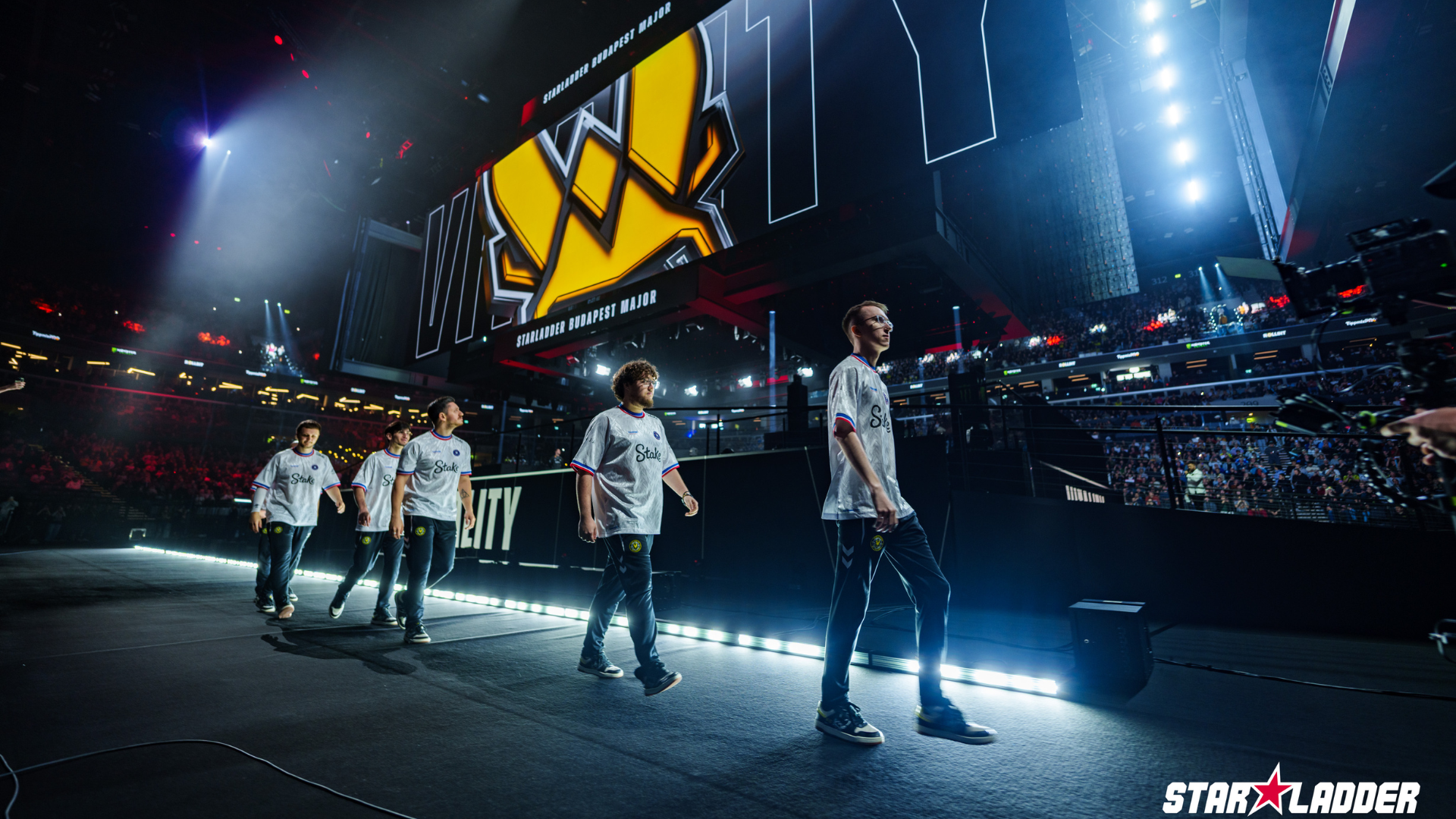
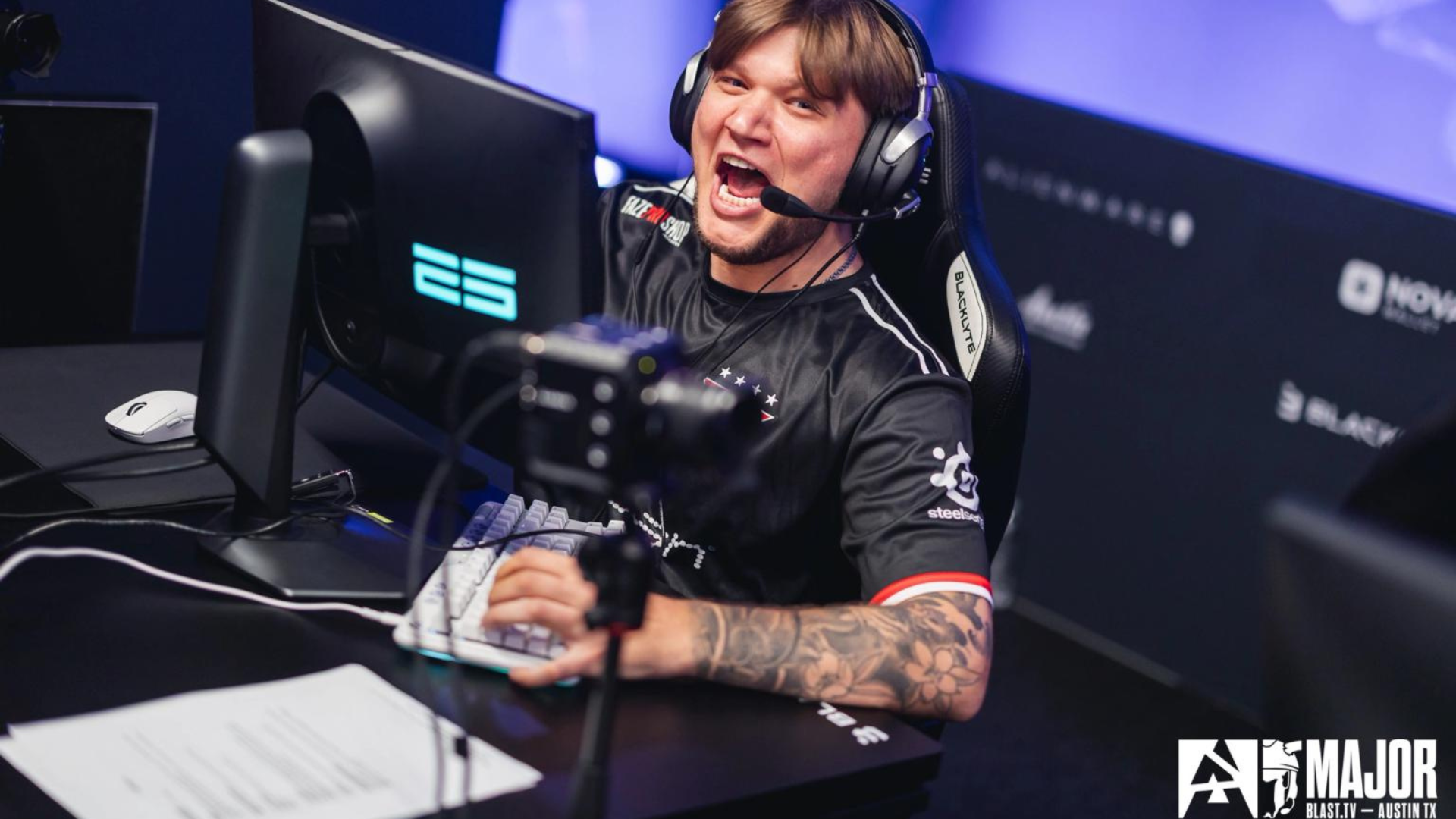
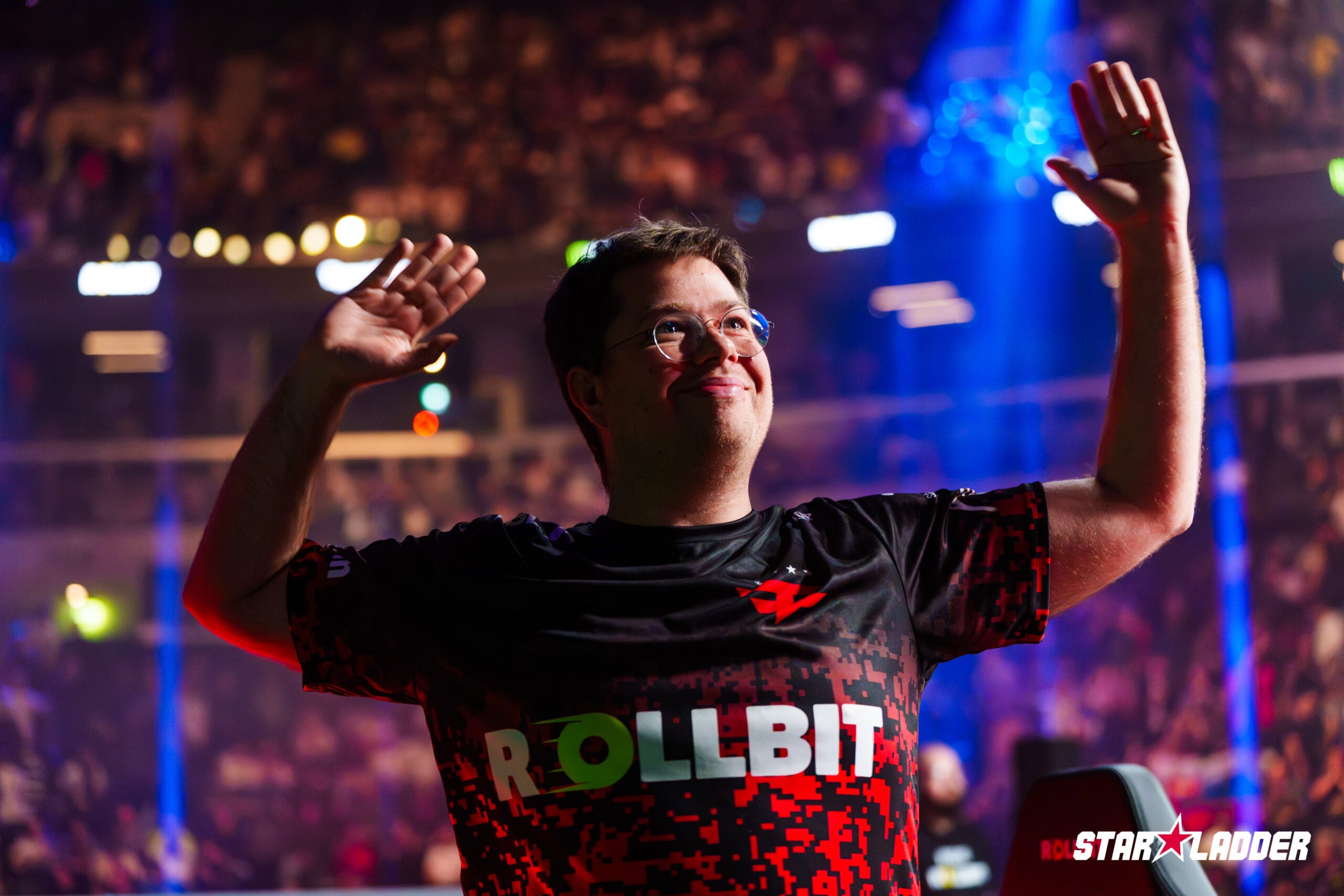



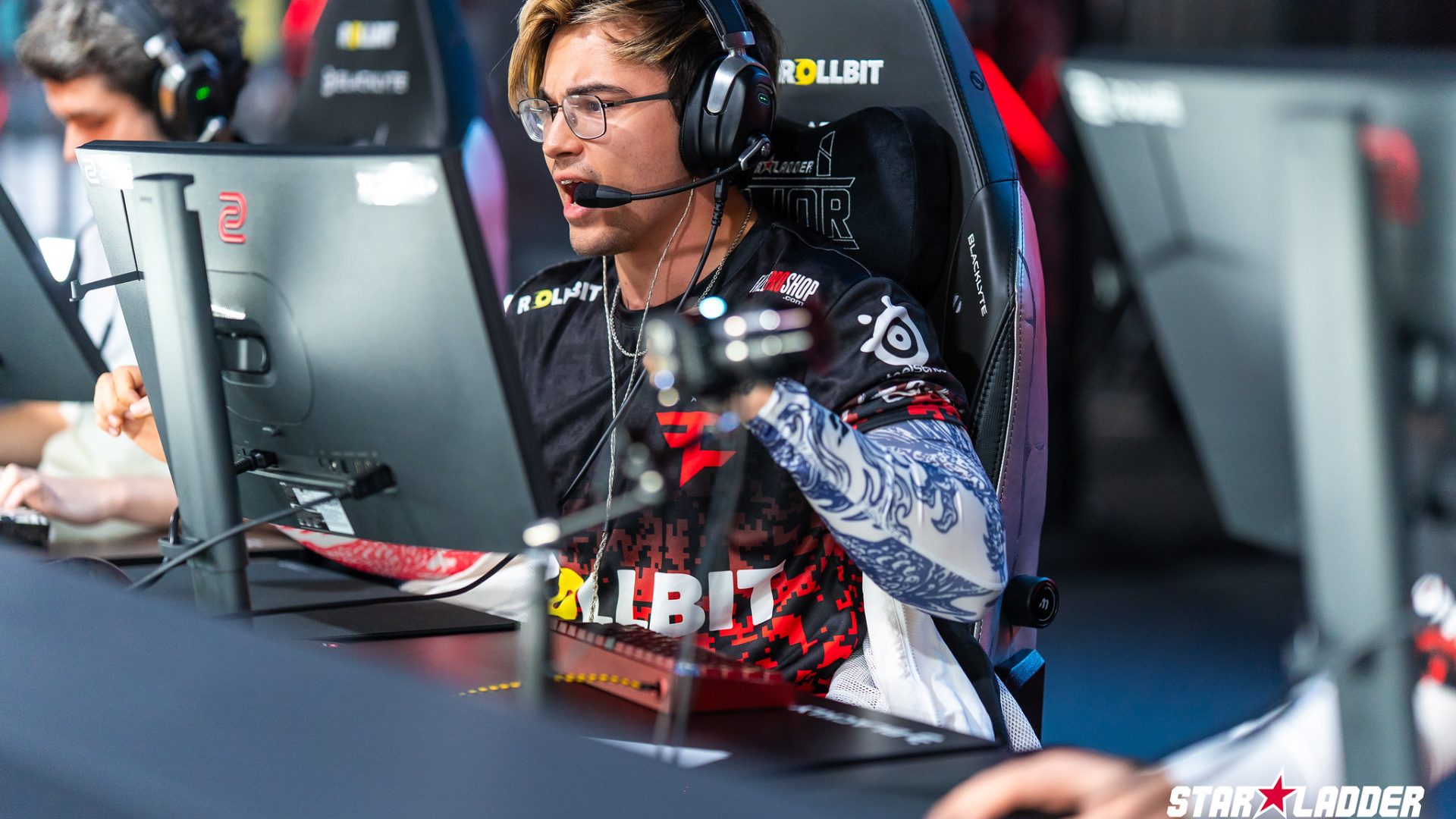
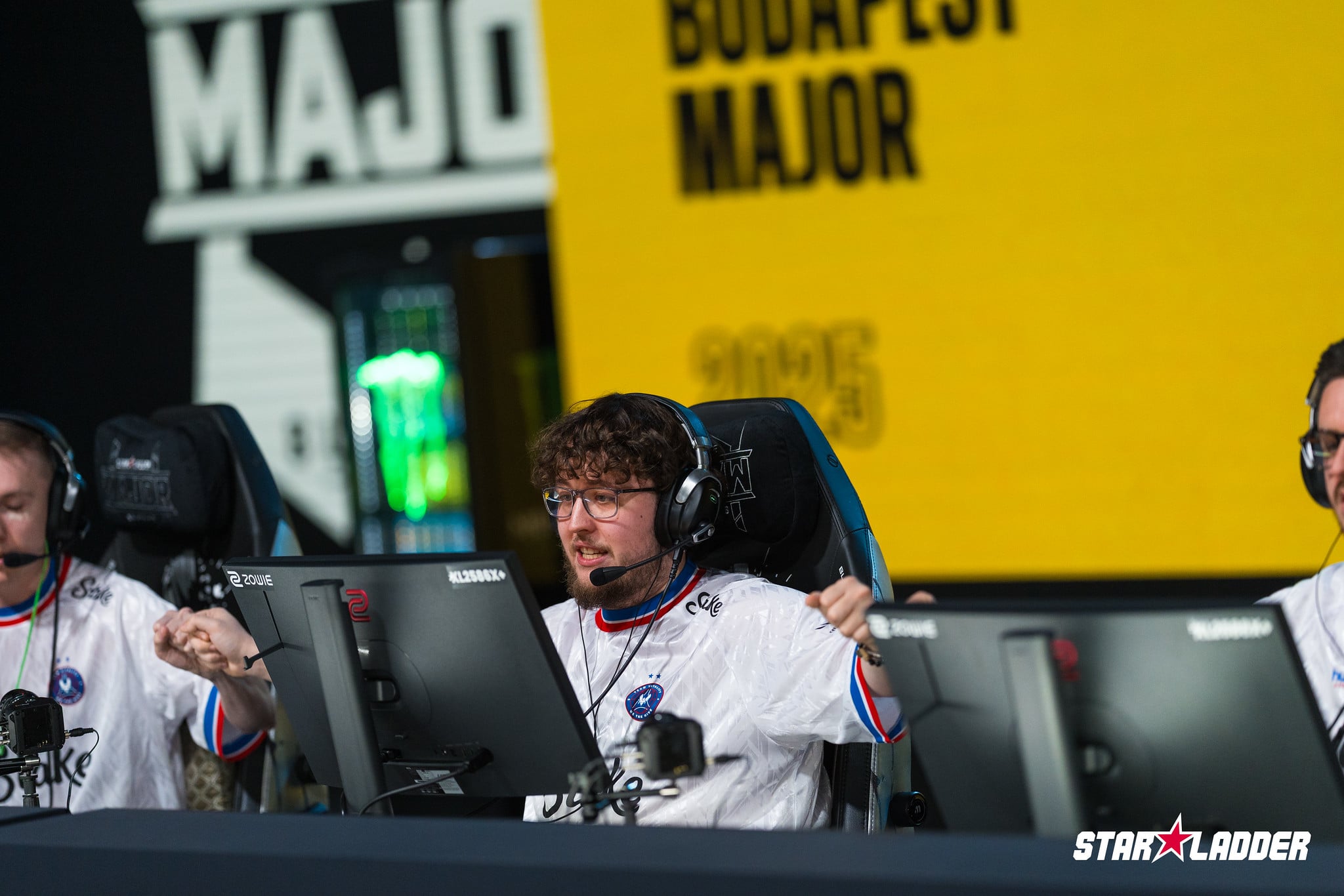
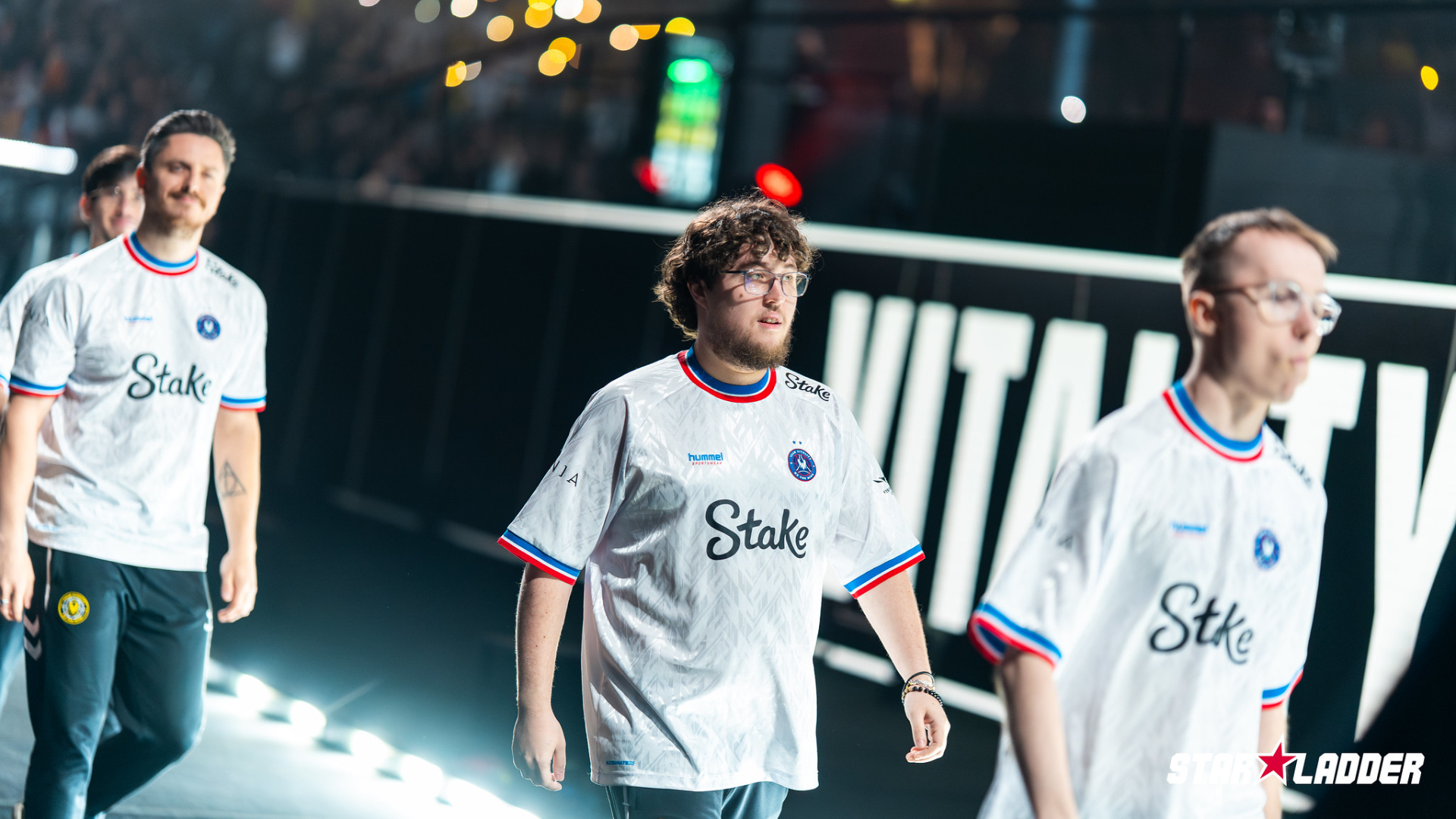
Published: Feb 8, 2017 11:53 am